NASA is gearing up for a triumphant return to the moon with its Artemis program, aiming to land American astronauts on the lunar surface for the first time since 1972. A key goal is to establish a permanent human presence, complete with habitats and infrastructure to sustain long-term habitation. To aid in this ambitious endeavor, a team of engineers at the University of Arizona is drawing inspiration from an unlikely source: termites.
Led by Associate Professor Jekan Thanga, these researchers have developed prototype structures made of sandbags filled with lunar soil, which could provide shelter for astronauts on the harsh lunar surface.
Dubbed “lunar sandbags,” these simple yet ingenious structures are inspired by the towering mounds constructed by African and Australian desert termites to regulate temperature and protect their underground nests. Much like these extreme desert environments, the moon presents numerous hazards including extreme temperature swings, constant bombardment by micrometeors, and intense solar radiation.
By emulating the cooperative construction processes of termite colonies, networks of robots could work together to autonomously erect protective shelters for astronauts using local regolith.
“In the case of the termites, it’s very relevant to our off-world challenges. The extreme desert environments the termites face are analogous to lunar conditions,” Thanga says in a media release. “Importantly, this whole approach doesn’t rely on water. Most of the moon is bone-dry desert.”
Besides providing a shelter, the lunar sandbags incorporate sensors to monitor environmental conditions as well as structural integrity – alerting astronauts if repairs are needed. This combination of simple structures and hi-tech monitoring creates resilient, modular habitats adapted for the unforgiving lunar environment.
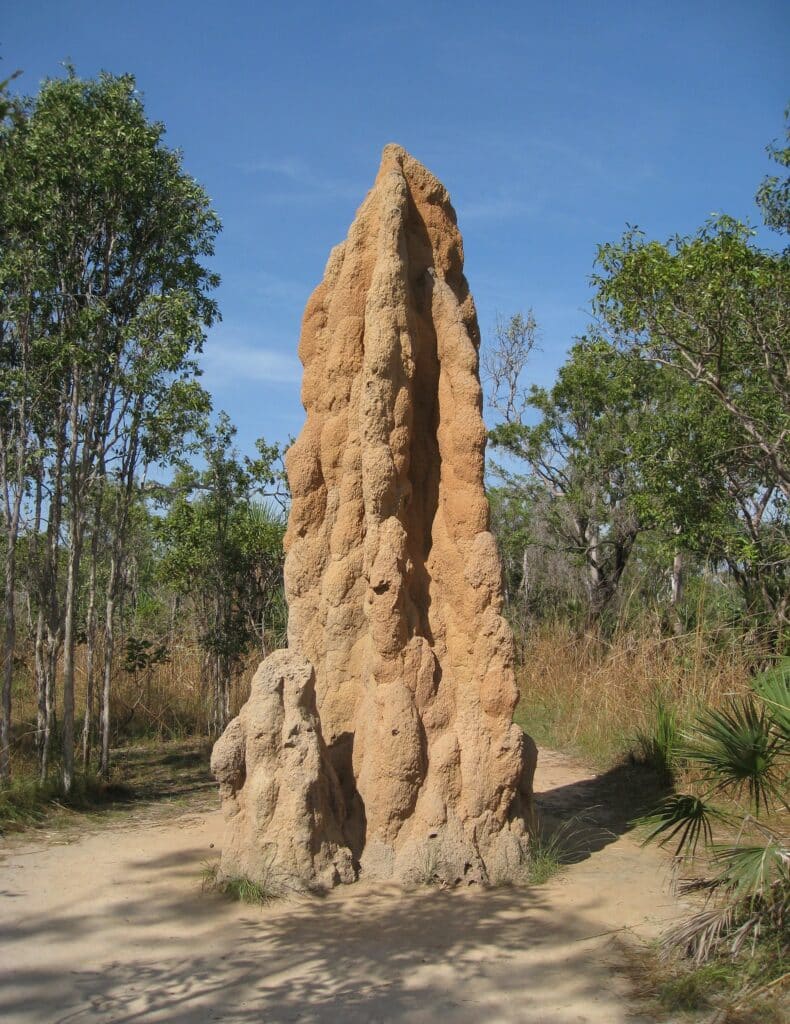
Teaming Up for the Moon Shot
Thanga’s team is collaborating with NASA’s Jet Propulsion Laboratory and MDA, a space robotics company, as part of the LUNAR-BRIC consortium to develop technologies for establishing a sustained human presence on the moon.
The varied expertise of academic researchers, space industry leaders and government agencies exemplifies the ethos of cooperation necessary for successful space exploration. “It’s no accident this team has an academic partner, a commercial partner and a government agency,” Thanga explains. “Given the enormous challenges, part of the path is for us to collaborate.”
Within years of an initial landing, NASA plans to construct permanent facilities for lunar habitation and industry, including environmentally responsible mining operations on the moon and asteroids. Such an ambitious undertaking requires incremental steps, first demonstrating the feasibility of long-term shelter and resource utilization.
This is where Thanga sees his humble yet high-tech sandbag structures playing an important transitional role, providing astronauts semi-permanent shelters at early lunar outposts while they determine optimal locations for more permanent bases. Their simple design also reduces the amount of materials needing transport from Earth.
Empowering Future Space Explorers
Central to the UArizona team’s lunar technology development is providing hands-on learning for students, especially minorities. “The goal is to raise participation of underrepresented groups in aerospace,” says Thanga.
Through NASA’s Space Technology Artemis Research (M-STAR) and Minority University Research and Education Project (MUREP) programs, eight undergraduate and graduate students are leading research on various aspects of the lunar sandbag habitats under the direction of Sivaperuman Muniyasamy, an aerospace engineering doctoral student.
With the Artemis program fast approaching its first crewed lunar missions, innovative technologies like Thanga’s termite-inspired habitats are poised to aid humanity’s return to the moon after a half-century hiatus. Perhaps one day, future lunar explorers will gaze up at awe-inspiring sandbag structures rising from the barren regolith and be reminded of the industrious desert insects that inspired their design.
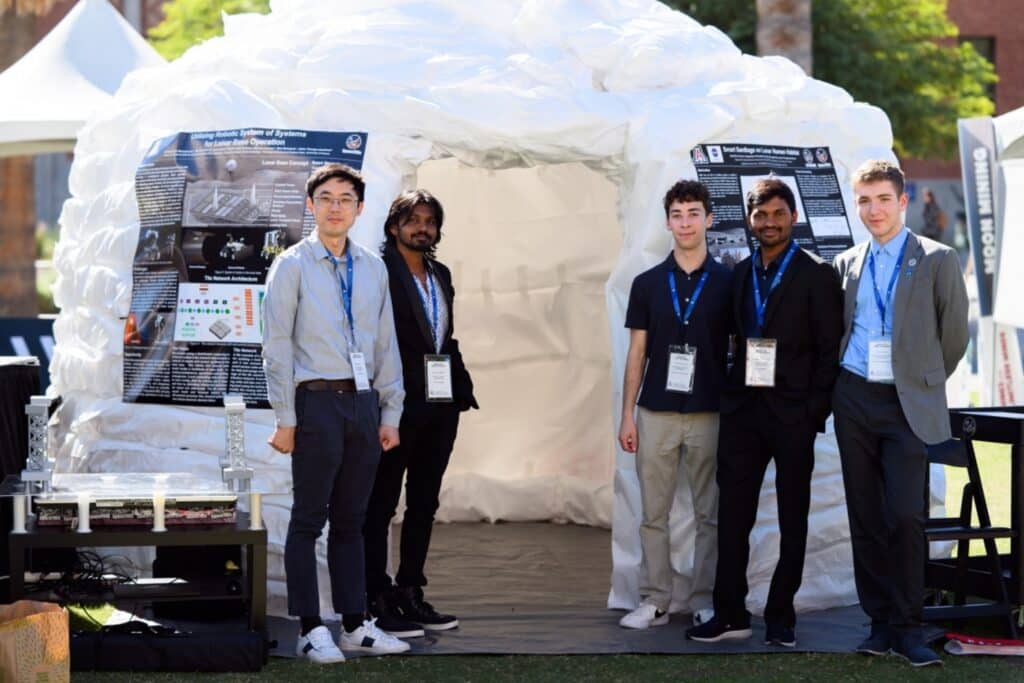
o serves as a platform for underrepresented students in aerospace, thanks to a $500,000 grant from NASA’s Space Technology Artemis Research program. Additionally, the Minority University Research and Education Project (MUREP) has contributed significant funding, underscoring NASA’s commitment to diversifying the field of aerospace research.
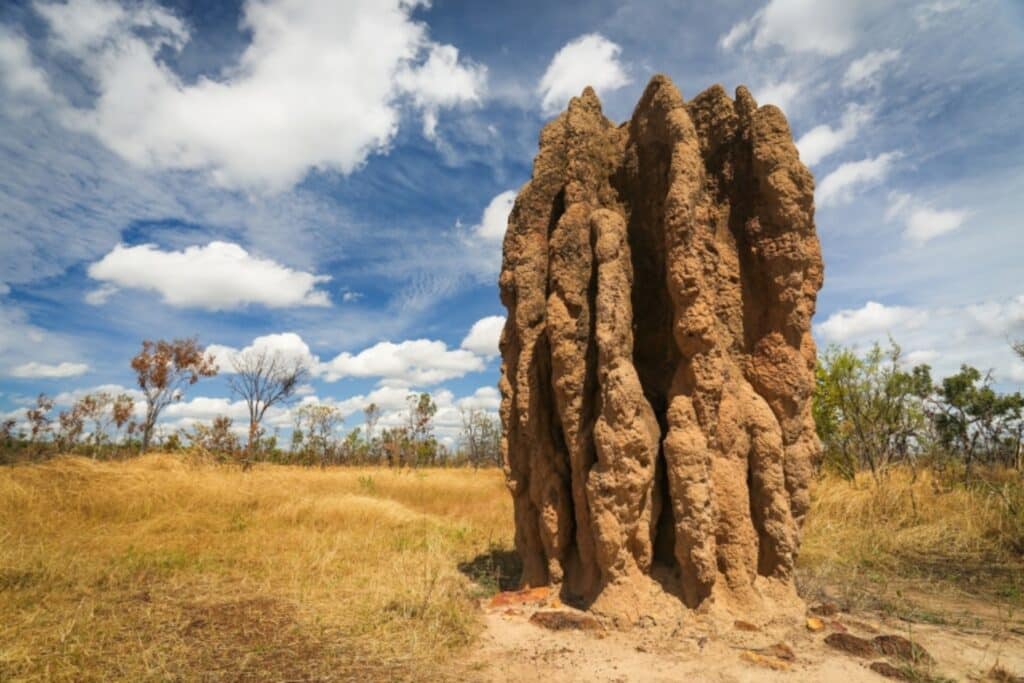

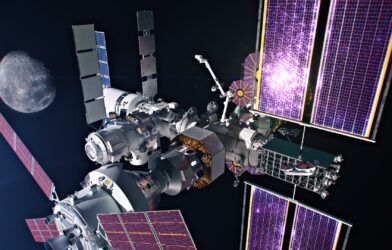

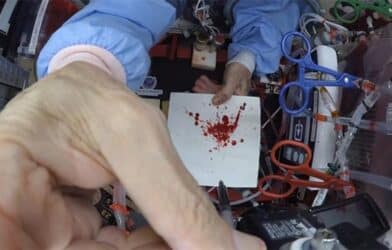







Comments